Sony Linkbuds S (more of a ramble than a review)…
TLDR version on YouTube: TDLR - Sony Linkbuds S
Today I am going to share my opinions on my experience with the Sony Linkbuds S. These are not exactly a new model, they have been around for a while, but they may still be relevant to those who are looking for a TWS solution from a known brand in the space.
As you may (or may not) know, I don’t exactly review a lot of TWS IEMs (although I do have another set that I will be reviewing soon) as I am not, or rather I wasn’t, someone who used a lot of TWS. I always prefer wired when possible and for wireless, I had been quite happy with the Shanling MW200 (which allows me to use any IEMs of my choice), yet it was actually the Moondrop Space Travel, a set of 20€ TWS IEMs, that changed that.
I ended up keeping the Space Travel in my sling bag (ok, man purse) and would grab them just for quick media consumption on my phones. I was surprised to find that I ended up using them far more than I have ever used TWS in the past (and I have quite a few sets sitting in drawers). This brought me to wanting to try out something a little bit better, although the Space Travel are really not bad for the price at all.
I heard good things about the recent Samsung Galaxy Buds FE (check out FC Construct’s review for a good rundown) and was surprised to receive them as a Christmas present from my wife (she usually stays far away from my headphone world). Unfortunately, my main phone is a Google Pixel and this means that the connection with the Buds FE was limited to AAC, something that is not great on the Google devices (losing quite a bit of treble).
Anyway, I digress, this was basically to say that I returned the Buds FE and wanted something to replace them with. I did want to get a decent sound quality, yet one of the more important things for me was actually the reliability of connection and them connecting first time etc. I wanted LDAC (which is far superior to the AAC on Pixel) and I wanted a decent ANC if possible. For once I found myself putting functionality before sound, although I admittedly always have a set of wired IEMs and a dongle with me, which I use when wanting to listen to music specifically. I also didn’t want to spend a fortune as I was (am) not certain that I would get a huge amount of use out of them. So far, the Space Travel had been an exception to the rule.
So, all that to say that, here I am with the Sony Linkbuds S, a set of TWS with LDAC and ANC that retails for around 140€, although they can be found at lower prices during sales etc.
Presentation…
The packaging and contents of the Linkbuds S is pretty basic. A small box contains the charging case inside which the Linkbuds reside. Apart from this, we get 3 sizes of silicone tips, a short USB to USB-C cable for charging and a basic user manual (plus the warranty info etc.)
So there isn’t really a lot to say about it all. Basic and functional sums it up.
Build and Aesthetics…
This isn’t the first time I have used Sony IEMs or Headphones and they are usually pretty well built for the price but not exactly excellent. They are consumer grade items and they aren’t built to the highest of expectations like some of the other more premium brands may be but, at the same time, they are of decent quality in their respective price points, being sort of an average to reference other products against.
Some of you may have heard of (or even used) the normal Linkbuds. Those are the ones that are basically a small ring with an open center, made for listening while being 100% aware of your surroundings (maybe some cell phone manufacturers should release a phone with this principle ![]() ). Well, the Linkbuds S are nothing like them. I actually have no idea why they share a name as I really don’t see any similarities between them.
). Well, the Linkbuds S are nothing like them. I actually have no idea why they share a name as I really don’t see any similarities between them.
The Linkbuds S are more of a normal TWS set up, yet they are on the smaller side of many. They aren’t the smallest out there but they are small enough to disappear in the ear pretty well.
Personally find them very comfortable and have worn them for many hours while travelling over the past few days, which is what has led me to put this review together while sitting on a train from Venice to Rome.
Comfort is going to be a very personal thing as always but I think that they should work well for a lot of people.
Functionality…
One thing that I have been impressed by is the app that Sony provides to control their range of bluetooth headphones and IEMs. Obviously Sony is a big brand that has much more capability to put together a decent app than a lot of the smaller brands, but that doesn’t always work that way. There are apps from large manufacturers that are pretty terrible.
In this case, I have found the app to work well, be reliable and, although it does have stuff that I am not interested in using, it is not overly bloated with a ton of useless stuff.
But before talking about the app, let me quickly mention the functionality onboard the IEMs.
On each side there is a touch area that is basically the whole outside surface area of the Linkbuds. Although it is a touch and not a press system, I am happy to say that it is not overly sensitive. I have found with many other brands that just brushing slightly will cause all kinds of commands to set off and can be very irritating. In the case of the Sony’s, that hasn’t been an issue. It is nice to be able to remove and insert the IEMs, or reseat them in the ear, without changing track 3 times, calling the assistant and activating Ambient mode all at the same time!
While you can change the functionality of the commands in the app, I have found that I have preferred using the set up that comes stock. That is a single touch on the left cycles through the different modes (ANC, Ambient, Off), a long hold quickly lowers the music and starts ambient mode temporarily and tapping repeatedly lowers the volume.
On the right side a single tap is play/pause, a double tap is next track, a triple tap is previous track, a long hold summons the assistant and continuously tapping increases volume.
That is all the control I want on a set of TWS IEMs, enough to do all the functions I need without having to pull out my phone, yet no additional things that I don’t use enough for them to not just complicate things (like changing EQ etc.).
Now, if we move into the app, here we have a bunch more possibilities. We can do all the above things that we can also do locally on the actual Linkbuds, which is nice, but we can adjust quite a few extra things in here also.
I am not going to list all other settings and parameters that can be adjusted as it is a lot of info for a review yet we can basically change the layout of the controls, we can choose which modes (ANC, Ambience, OFF) we want the IEMs to cycle through when tapping them, we can adjust EQ (I will mention more of this under sound), we can turn on adaptive noise suppression, we can choose assistants, set up spacial audio and many more things that I am forgetting.
As I said a moment ago, I find the app to be quite complete and stable, something that is impressive.
My use case…
Now, before getting into the sound section, which is going to be what the majority are interested in, or maybe not, as it seems that the younger generation are more worried about the looks and who wears them ![]() But anyway, what I was going to say is that, before getting to the sound, I wanted to mention what my use case has been leading to these impressions, as this is not my usual “listen for a week and then sit down and do some detailed listening”, which is how I usually do reviews.
But anyway, what I was going to say is that, before getting to the sound, I wanted to mention what my use case has been leading to these impressions, as this is not my usual “listen for a week and then sit down and do some detailed listening”, which is how I usually do reviews.
As I said above, I am writing this on a train, while heading back to the airport to fly back to Spain, after spending quite some time on planes, on trains, in stations and airports over the past week, together with watching some entertainment in the hotel room at night.
I did bring along a set of wired IEMs but I haven’t really used them because I wanted to put these through their paces to see how much they irritated me.
To be honest, I feel they have done a good job. No, they are not the most impressive IEMs for sound quality (I am getting there) but with all the travelling, meetings and business dinners, I haven’t really had any specific music listening sessions anyway, more background listening while travelling than anything else, together with a few movies etc.
As far as ANC on the plane and train, they do a very good job in comparison to many other ANC IEMs. Now, I must point out that I am not using the stock silicone tips, I have opted for the Symbio W tips. For those of you that don’t know the Symbio tips, they are silicone tips filled with foam. This gives you the additional isolation of comply/foam tips, while keeping the commodity of silicone tips (i.e: not having to burn them after building up wax and dirt over time). This means that there is additional passive isolation (which is noticeable).
Now, on top of that, the Active Noise Cancelling of the Linkbuds S is fairly decent. It doesn’t place you in a soundproof bubble but it does cut noise down to a level that can only really be appreciated when in silence (so either nothing playing or in a silent part of a track/movie). Even then, it is a rather distant noise and is mostly limited to the upper ranges of voices etc, the droning and rumbling of plane and train engines is dealt with very well.
I haven’t used the XM5 from Sony, but I have used the XM4 (and XM3) and I would venture to say that the ANC on the Linkbuds S has absolutely nothing to envy from the more expensive models of the brand, at least with the foam or Symbio tips.
Usually, in the past, when travelling I would either use a set of over ear XM3 or a cheap set of over ears with decent ANC, and place a set of wired IEMs underneath them. The Linkbuds S are not up to that level of isolation (which is eerily silent) but they are still more than enough for the flights of 2 to 3 hours I have been taking over the past week. They might not impress me as much on my next transatlantic, although the batteries wouldn’t last that long anyway, but for my usual travels around Europe, they have done fine.
As you may know, I have a database of isolation measurements of IEMs (achoreviews.squig.link/isolation), however, my usual way of testing doesn’t work with ANC IEMs, at least not most of them, due to the way the microphones work, and I haven’t had time to sit down and do measurements with the pinna, so I’m afraid I can’t show you the result of the ANC on paper.
One last thing to mention under functionality is that they can connect to two devices simultaneously and the app can be used on one of the devices even if you are are using the other device as a source. This means you don’t need to worry about having the app on both devices. This is handy for me as I use two phones, for different purposes, and can make changes if needed without having to take the other device out of my pocket.
Sound…
So, finally, on to the sound section and I am sorry to say that this might be a bit of a let down as far as a review is concerned. I have not actually had a specific detailed listening session with these, in other words, I haven’t sat down with them and my test tracks and noted the good and the bad with the specific tracks that I usually use for final impressions in reviews. These are the musings I am putting together on a train and the listening sessions, as I said before, have all been “in movement”.
Another thing to point out is that there is an EQ available in the app which I would recommend people to use. In fact, for specific musing listening, I would suggest using a parametric EQ outside of the app, which I have been doing, but if you can’t do that or just don’t want to, then at least make a few tweaks inside the app.
There are multiple different EQ presets available in the app which do generic things to the sound, here is a quick graph to show them:
Now, personally, I wouldn’t use any of those!
Luckily there are two custom slots that you can save your preferred EQ in.
I am glad there are 2 as there is a difference in frequency response between ANC on and off, which means that I would suggest two different profiles (I turn ANC off when not needed to save on battery).
Here are the differences between ANC on and OFF (and also ambient mode which is identical to ANC mode anyway, just with amplified surroundings):
So, what I have done for my personal use case is create 2 custom EQ profiles, one for ANC on and the other for off.
The problem is that the EQ is very limited in its functionality, so you can make these IEMs sound much better with the use of external Parametric EQ, but that is not always something we can use, like when watching a movie or YouTube etc. I will usually set the EQ profile that I intend using the most (ANC on or off) and if I do decide to listen to music for a longer period, I will switch off the EQ in the app and have another preset I have saved in UAPP for these IEMs. Well, two actually, one for ANC on and one for ANC off.
But this is not telling you anything about what they sound like!
I know and I apologise, but how would you like me to explain them? with no EQ? with one of the included 8 presets? with my custom EQ in the app? with my custom EQ in UAPP? with ANC on or off?
There are so many variables that anything I say will only be relevant to one specific use case.
I guess the correct way would be to do it with them flat, like I do with all other wired IEMs, however, the difference here is that the EQ is part of the IEMs, so use it!
Without EQ and with ANC off, they do sound a little strange.
As you have seen in the graph above (if you take any notice of graphs), there is a bit of roll off in the subbass regions, yet it is the upper mids and lower treble that is missing quite a bit of presence to clear things up. As they are out of the box (again, no EQ and no ANC), they can be a little dark and murky, a lot like many other Sony ANC sets I have tried.
The app EQ can help to bring these alive, not in a spectacular fashion but at least to a level that is more than adequate for general media consumption and even music listening if you are not searching for that perfect SQ.
As the EQ in the app is pretty restricted, you can’t expect too much but as a basic EQ reference, my personal preferences has been to use the following with ANC:
Clear Bass= 0
400 = -2
1k = -2
2.5k = 0
6.3k = 0
16k= -2
As I am cutting the lows and 16k, this serves to actually boost the upper mids lower treble. One thing to note is that, as there is no gain option, this does actually cut the overall output volume, which may or may not be an issue depending on your source and listening levels.
An alternative is to set the ones I have at 0 to +2 and leave the rest at 0. I don’t find that it causes any noticeable distortion and it will give you a bit more overall volume.
Obviously this is just a slight adjustment and is very limited by the 6 bands that are available. It doesn’t make them sound great but it is an improvement over stock.
If using a source, such as UAPP, that has the possibility of parametric EQ, then these can actually start to sound pretty decent. They are not going to be on the level of some of the wired alternatives, even at a lower price point, but that is one of the things we give up when looking for the commodities that the TWS bring.
In this case I turn off the app EQ and use UAPP to adjust the sound.
While it is possible to make even more tweaks using the full 10 bands available in UAPP, I have found that the difference between using the basic 6 band PEQ and the 10 band PEQ is not really huge. Yes, it can sound better but if we are getting this deep into fixing sound, then I don’t think they will ever meet your demands in general and would suggest sticking with wired alternatives for music listening. Even something like the 7Hz Zero (1 or 2) or the Cadenza, both under 30€, will offer better sound quality.
As I like to keep different devices on level playing fields where possible, I usually don’t share EQ settings and this case is no different. You can use the PEQ of UAPP (or any other source with PEQ) to adjust them to your personal preferences, they don’t need to be mine. If you don’t know where to start, then you can head over to achoreviews.squig.link and use auto EQ to give you an EQ to match these to some other IEMs of your preference. Of course they are not going to sound the same but it will give you a good starting point and you can start adjusting from there. As I said a moment ago, I find that they can start to sound fairly decent with some decent PEQ.
I also find that with EQ, the Linkbuds S can take quite a decent boost in gain without noticeable distortion or suffering. This does come in handy when listening to music that may not be recorded at the level that some of the modern music is recorded.
Conclusion…
I could probably ramble on for a lot longer, I still have 3 hours of train ride and a 3 hour flight ahead, but to be honest it is all just going to boil down to what your expectations are and what you do with EQ.
No matter how much you EQ, the Linkbuds S are not going to suddenly become amazingly detailed and high performing IEMs, they will still be beaten by the vast majority of wired IEMs available at half the price.
What you are getting is a reasonably priced set of TWS IEMs that has (almost) all of the features of the more expensive alternatives from the brand, with an adequate performance (for what they are), a tiny format that will fit in a fifth pocket and an app that works well.
I was looking for some specific features and the Linkbuds S have delivered them. I have no complaints about them as they do what I wanted them to do. Yes, I would love better sound quality but that doesn’t mean they are bad, they will be great for many many people out there (including the bass heads, as they can do a lot of it when needed).
And with this I am going to end this ramble disguised as a review ![]()
As always, this review (or ramble) is also available in Spanish both on my blog (www.achoreviews.com) and on YouTube (www.youtube.com/achoreviews)
All FR measurements of IEMs can be viewed and compared on achoreviews.squig.link
All isolation measurements of IEMs can be found on achoreviews.squig.link/isolation
*edited because spell check decided they were “Symbian” tips and not “Symbio”!
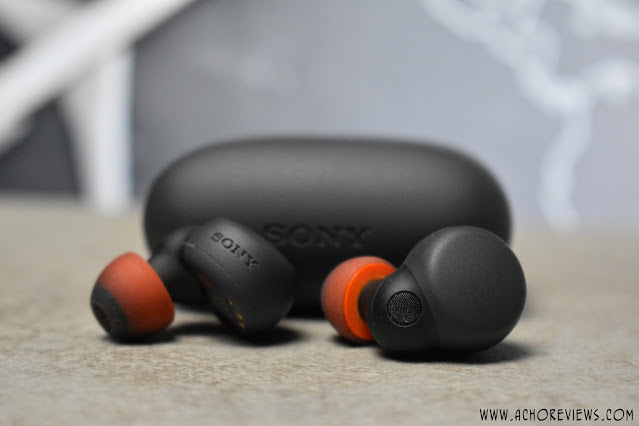


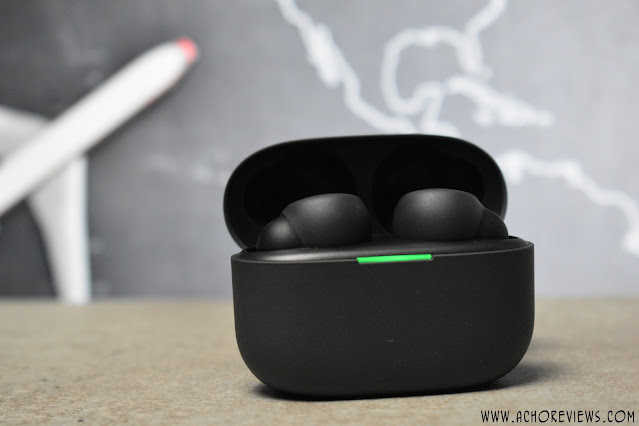

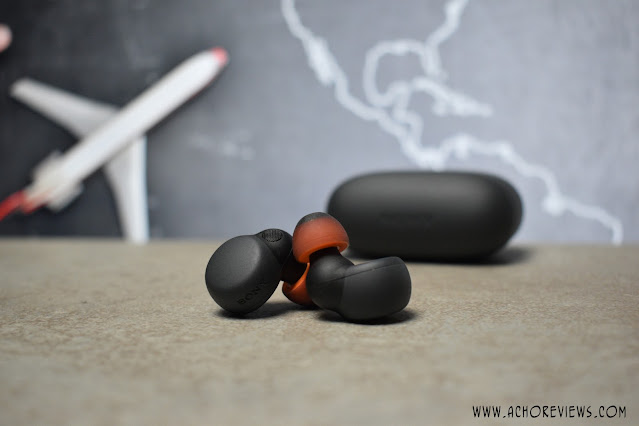
.png)



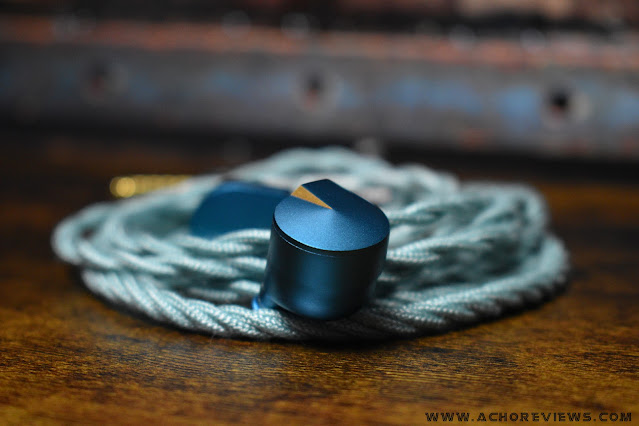
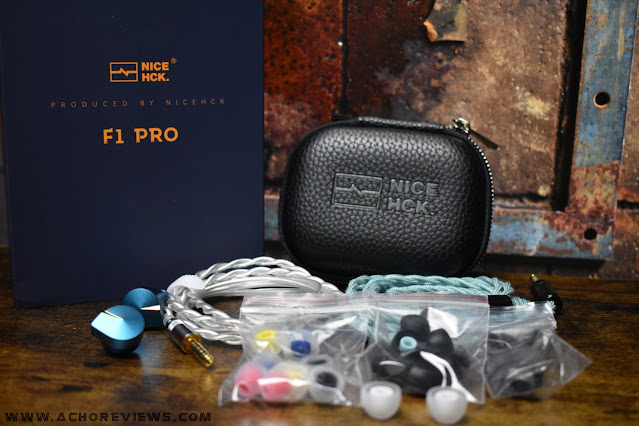
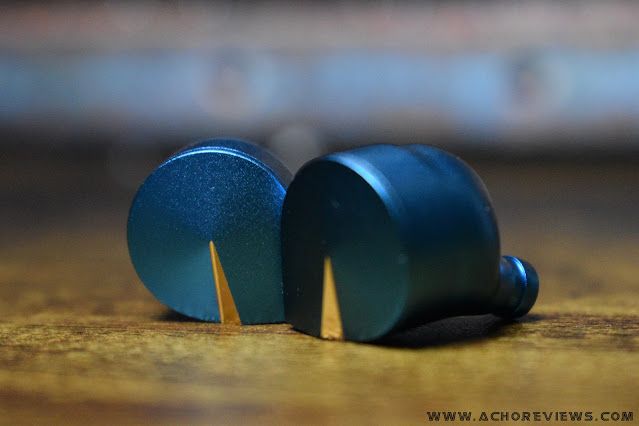


.png)
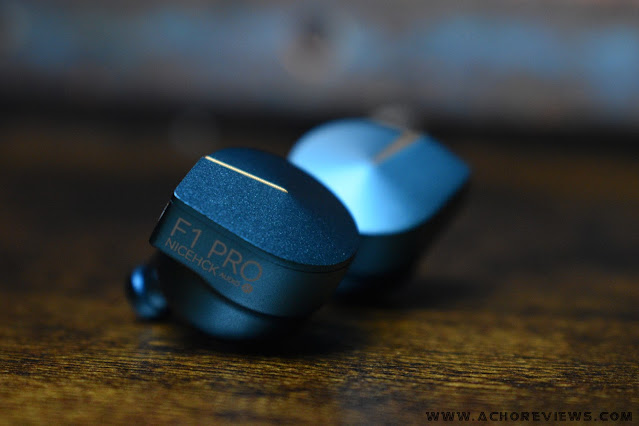
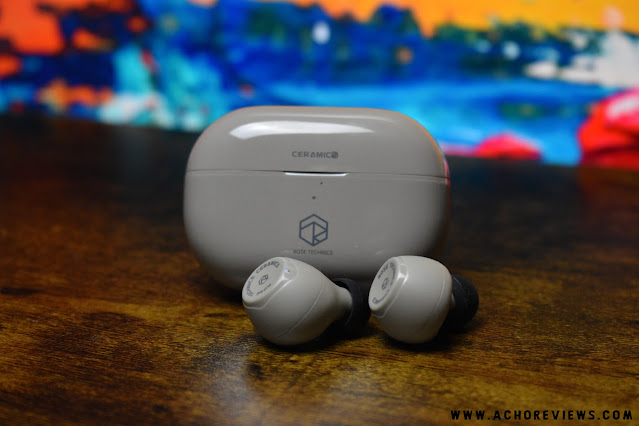


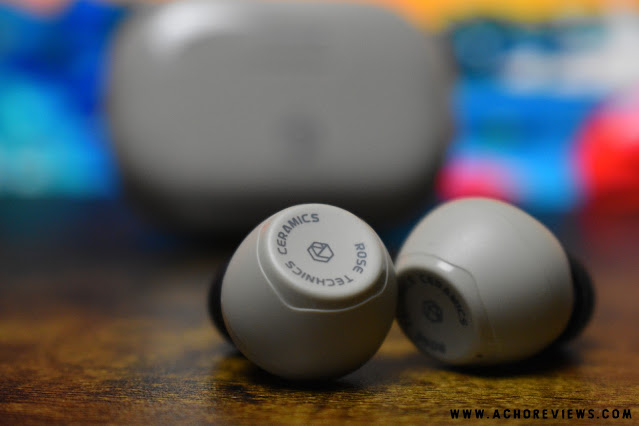

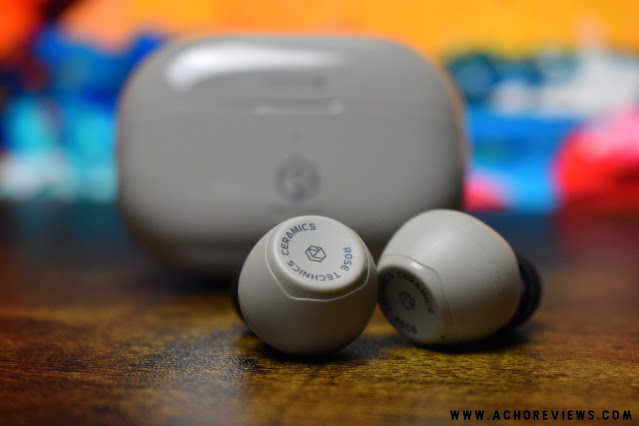

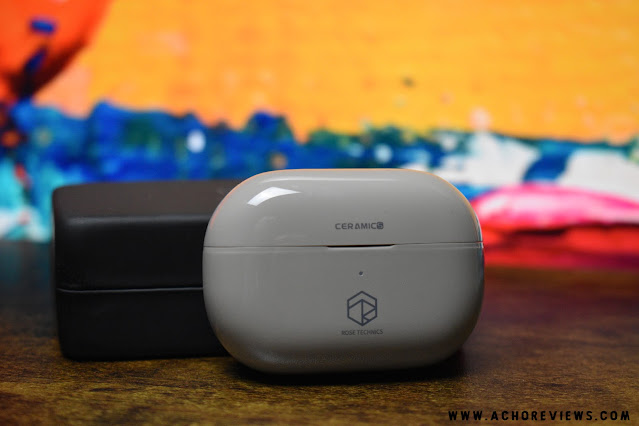

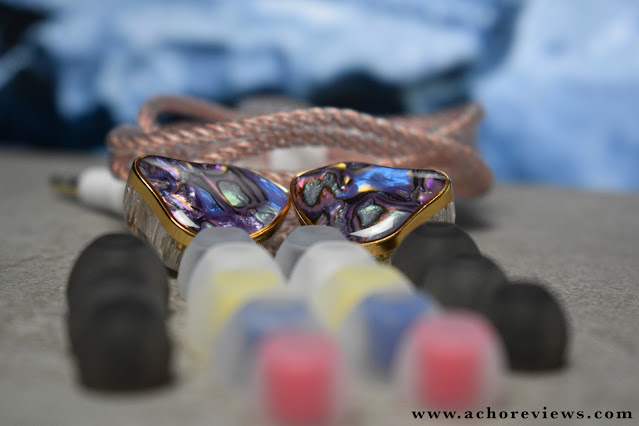


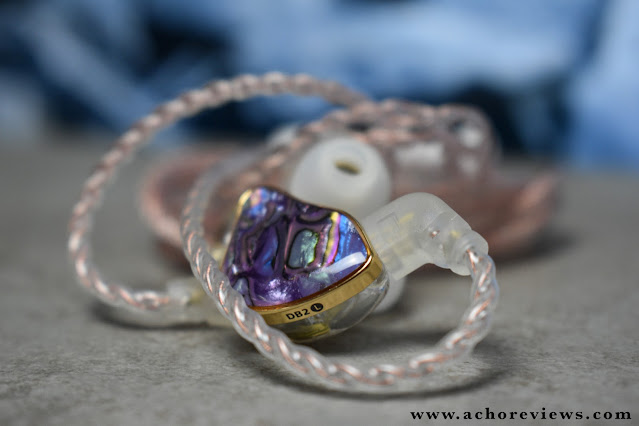
.png)
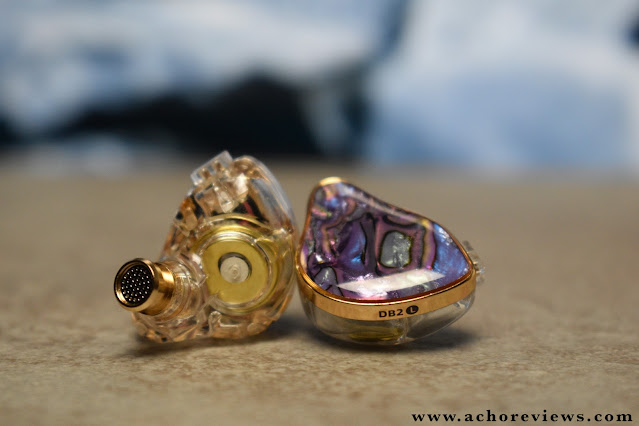
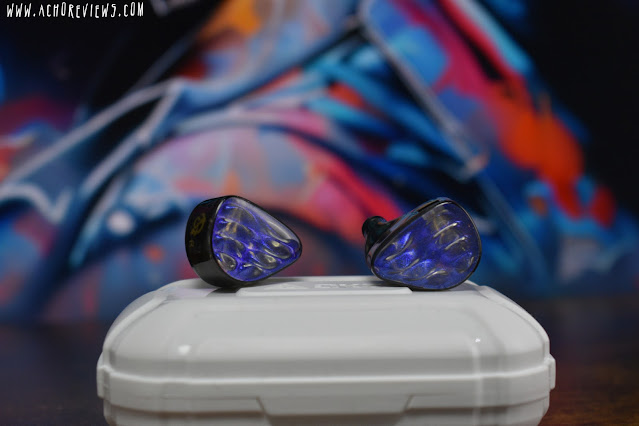

.png)








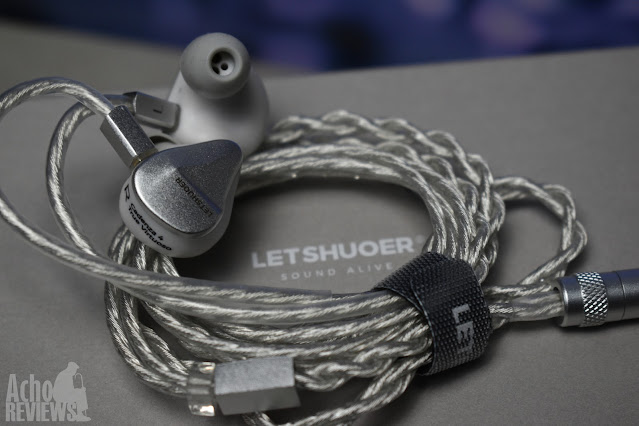
.png)

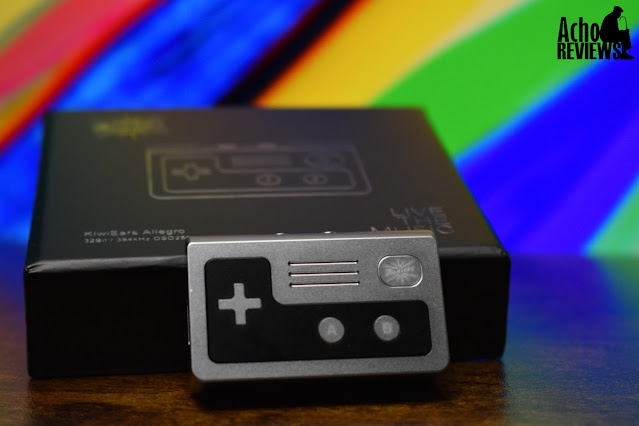


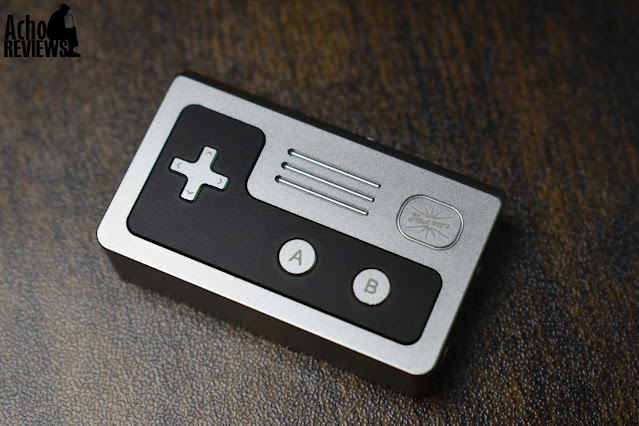


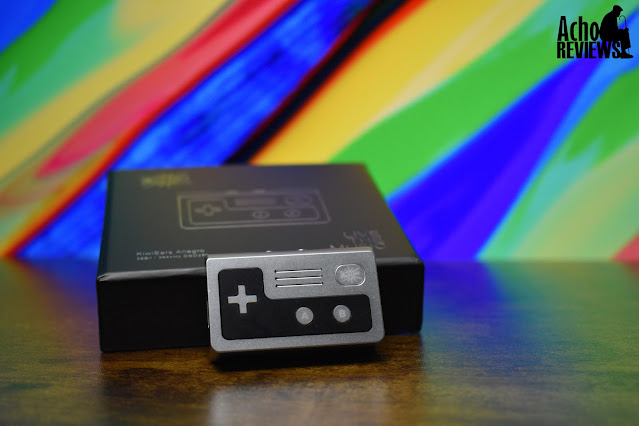
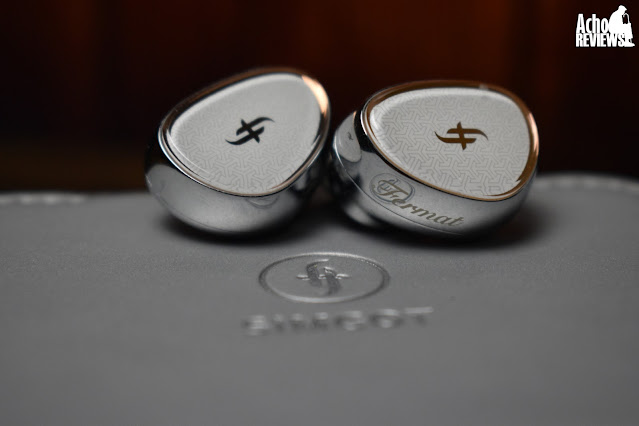

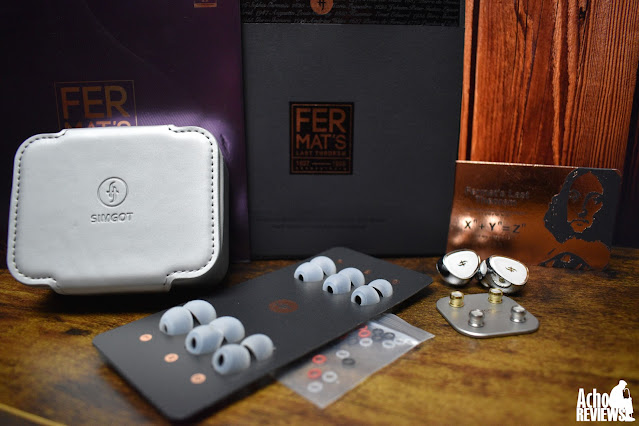

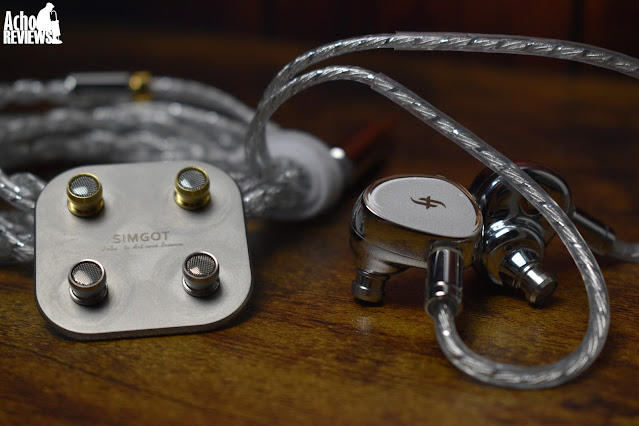
.png)

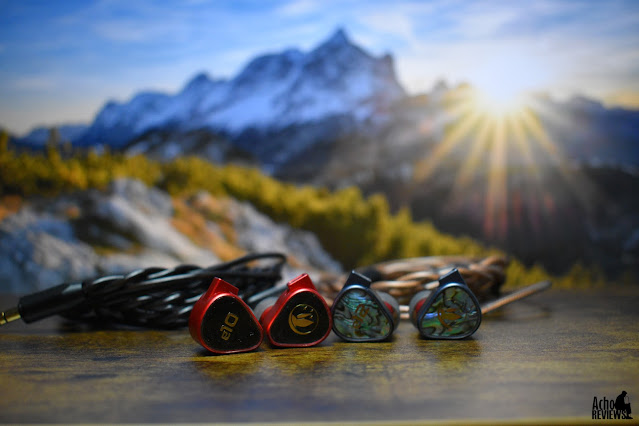
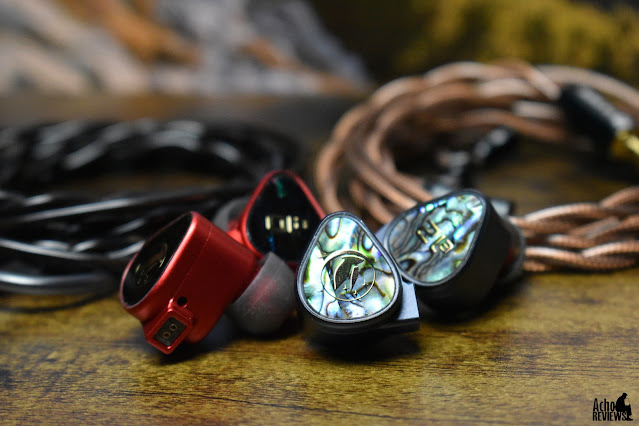
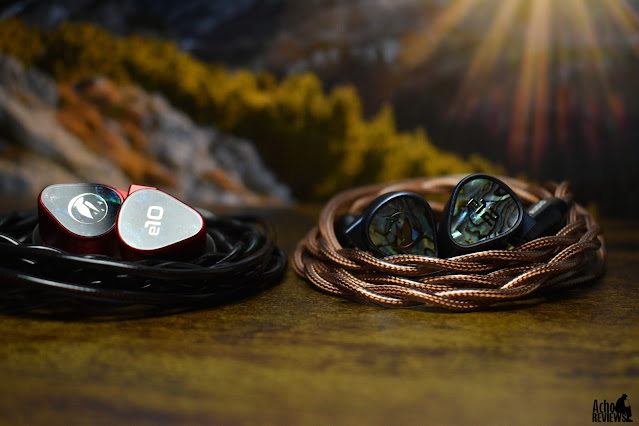
.png)
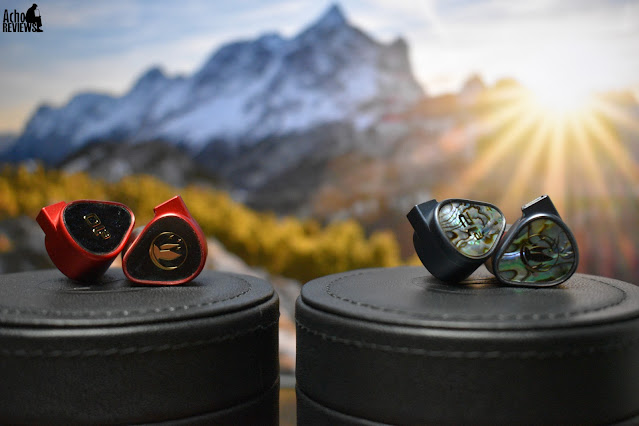
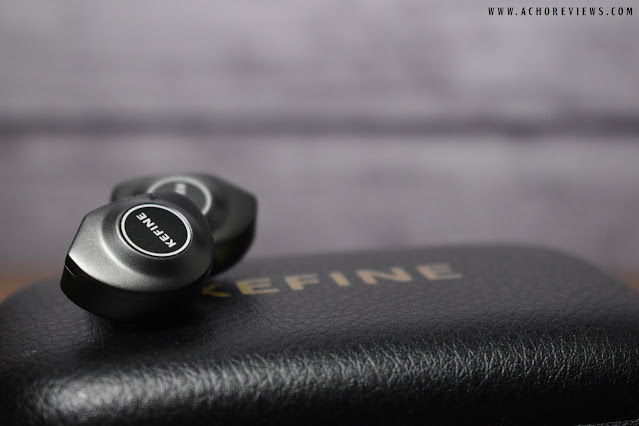
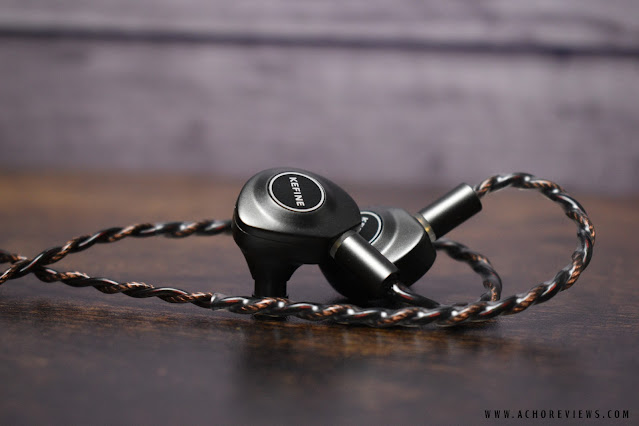
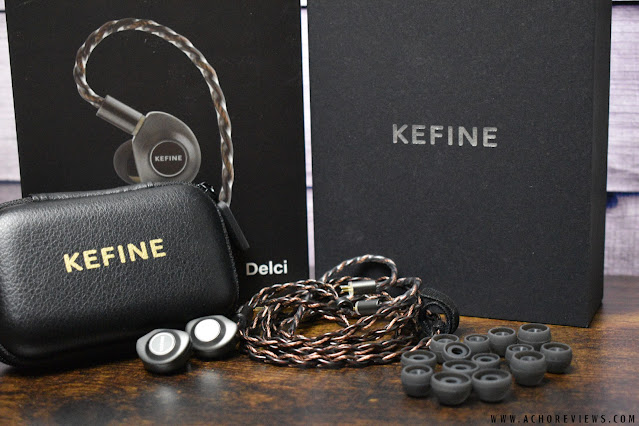
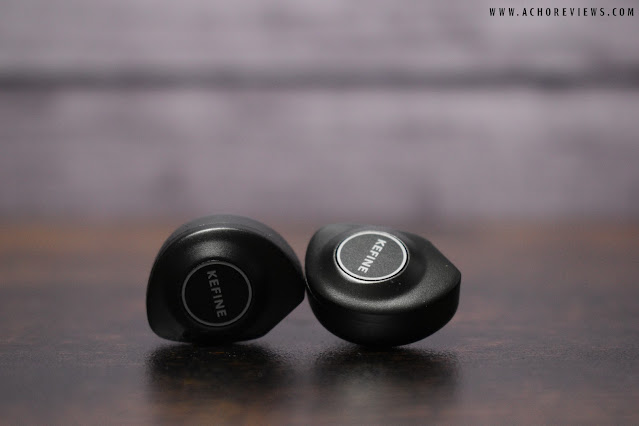
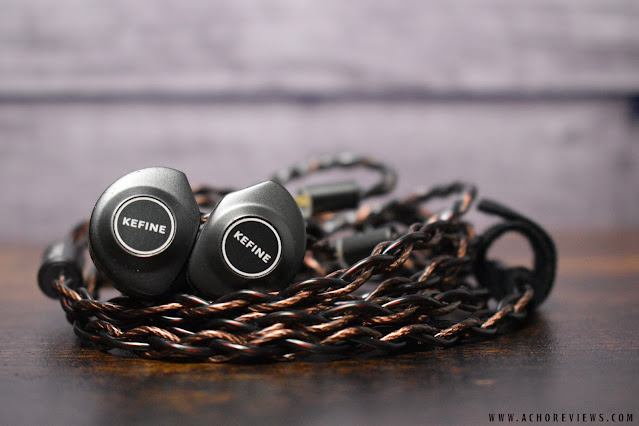
.png)
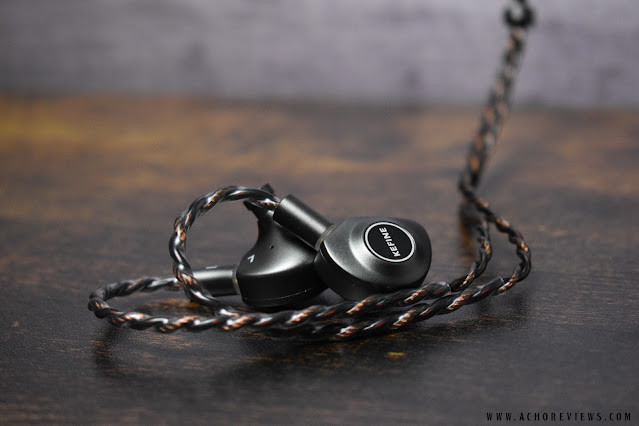
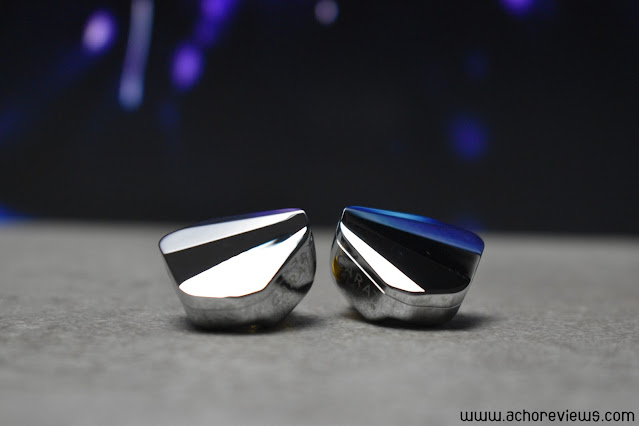
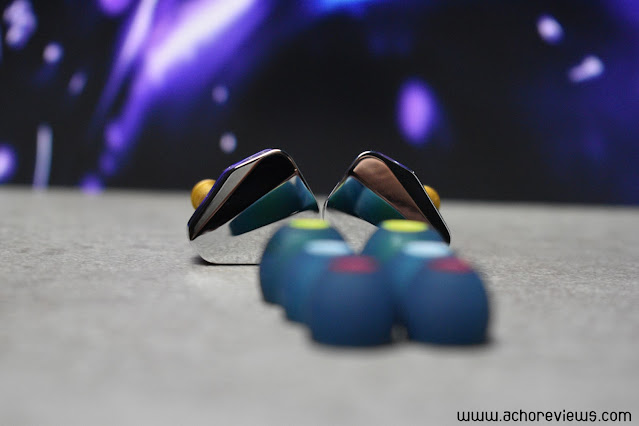
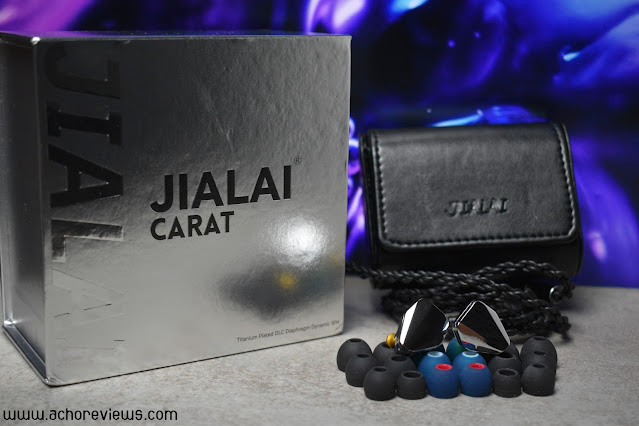
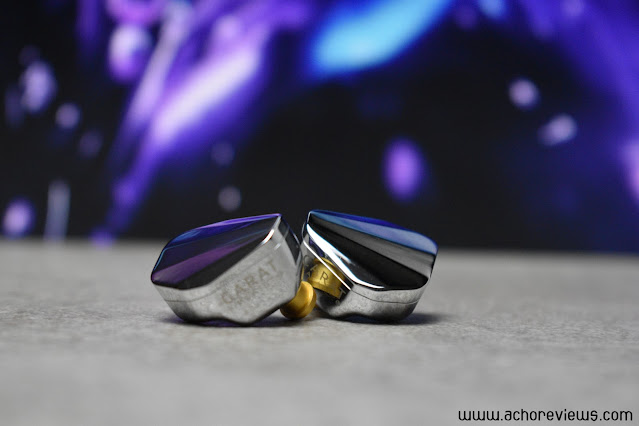
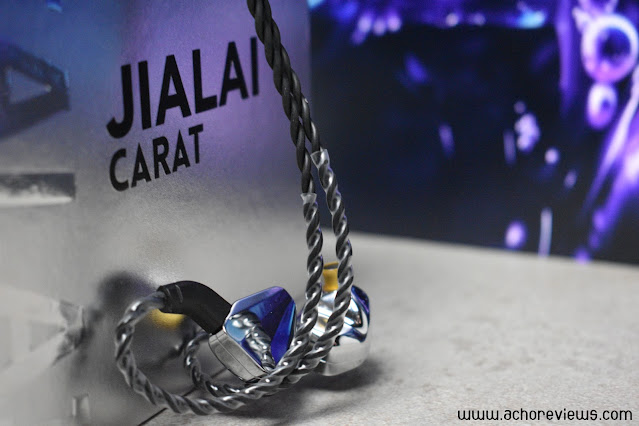
.png)
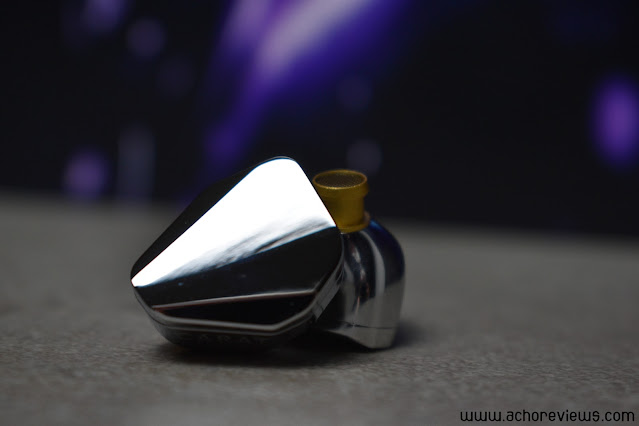




.png)




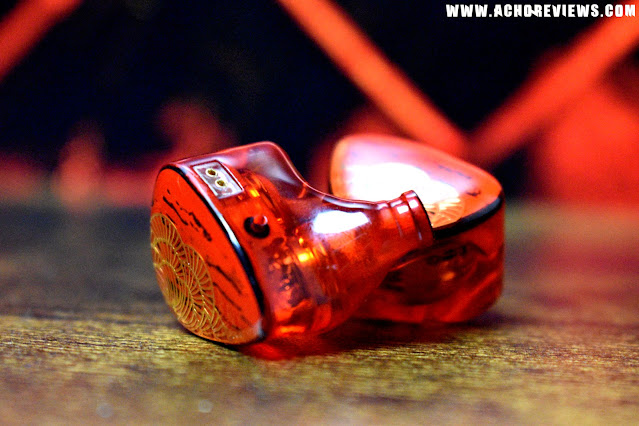







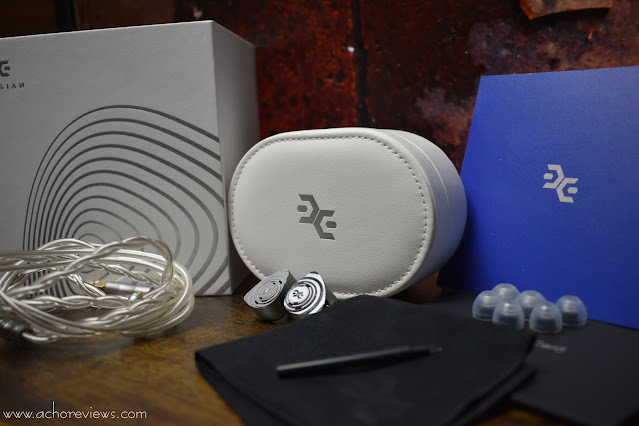


.png)






.png)
